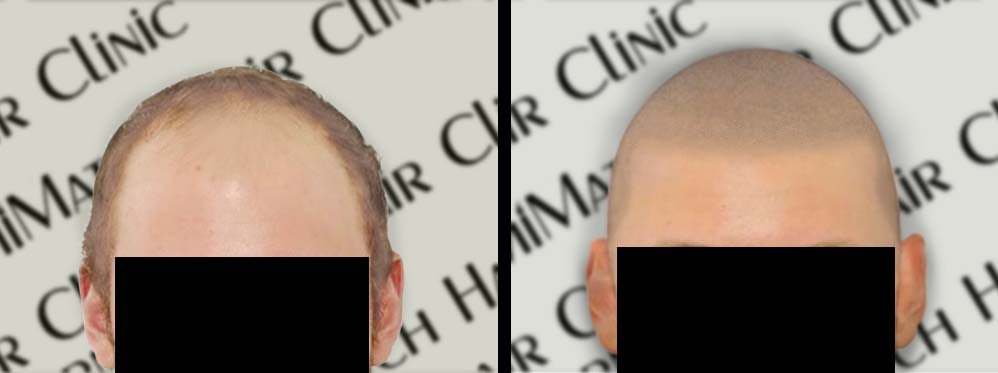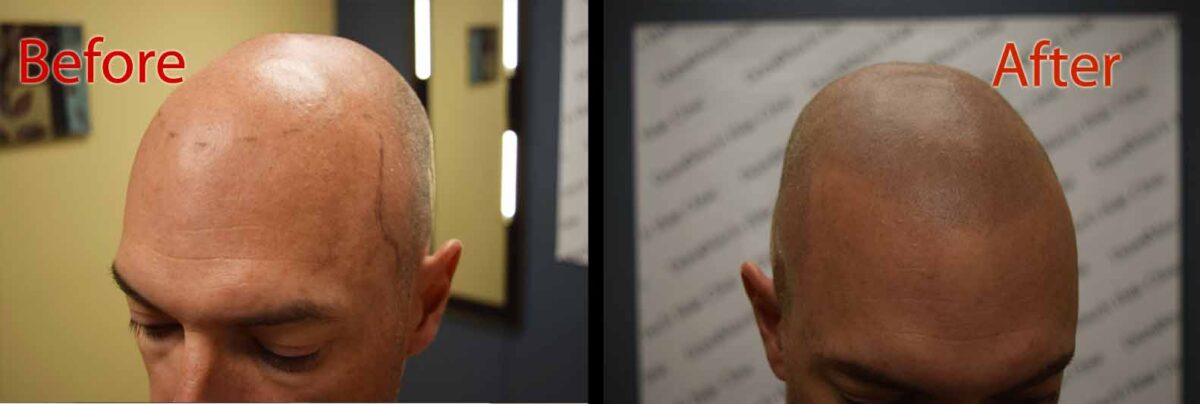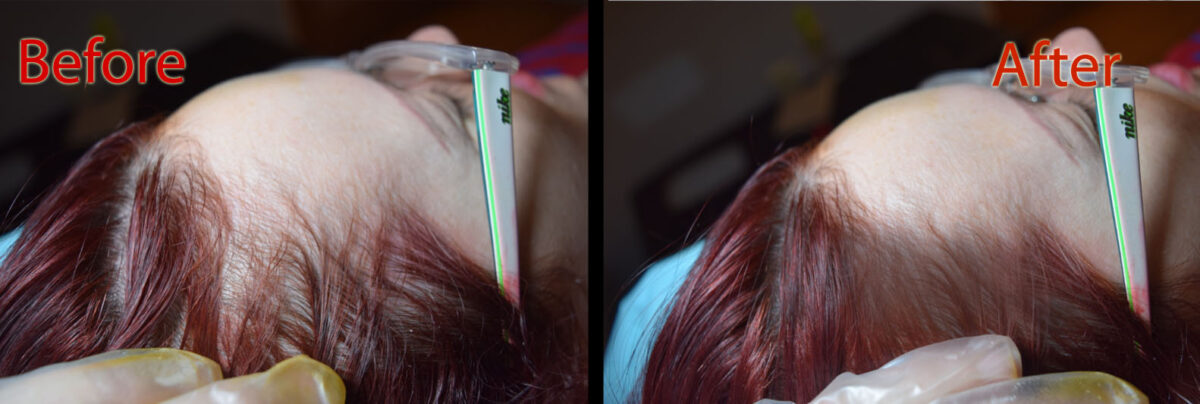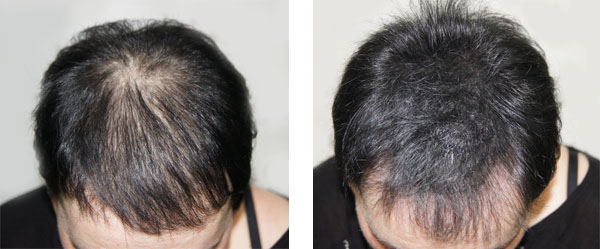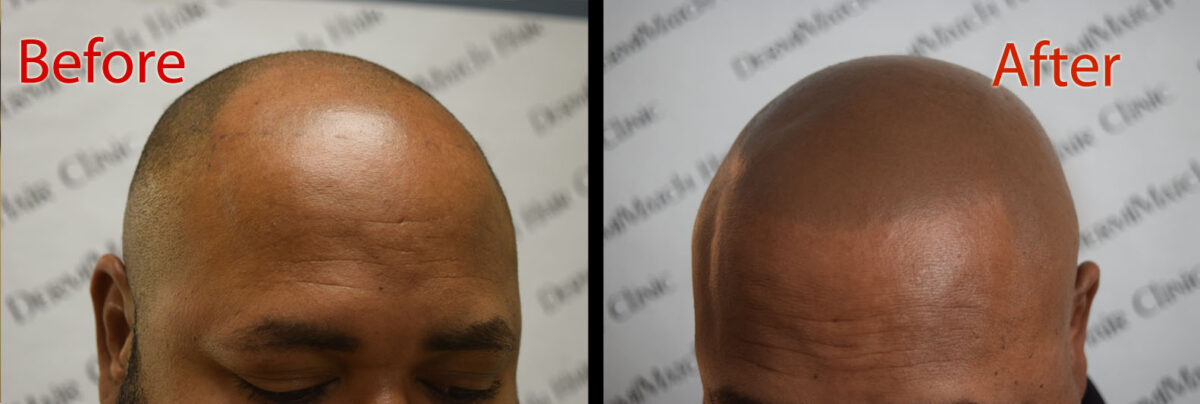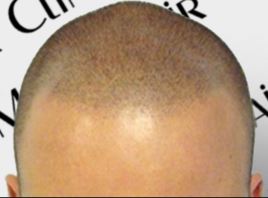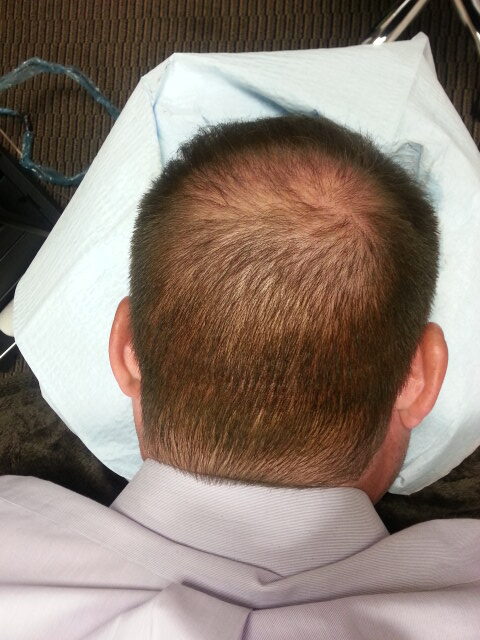Baldness, a common concern for millions worldwide, has long been the subject of extensive research. While there is no cure for balness or hair loss, significant advancements in scientific understanding and treatment options offer promising avenues for addressing this issue.
Cure for Baldness: Current Treatment Landscape
Medications
Finasteride
This FDA-approved oral medication for male pattern baldness inhibits the conversion of testosterone to dihydrotestosterone (DHT), a hormone linked to hair loss. Clinical trials have shown its effectiveness in slowing down hair loss and promoting regrowth in some men.
Minoxidil
Available over-the-counter for both men and women, this topical solution increases blood flow to hair follicles and promotes hair growth. While it can help slow down hair loss and promote regrowth, the effects are temporary, and hair loss resumes if treatment is discontinued.
Hair Transplantation
FUT and FUE are top surgical procedures as a cure for baldness. These techniques involve transplanting healthy hair follicles from donor areas to balding areas.
Clinical studies have shown their effectiveness in restoring hair growth, with results lasting several years.
Stem Cell Hair Transplantation
This experimental technique involves extracting stem cells from a patient’s hair follicles and transplanting them into balding areas. However, more research is needed to establish its long-term efficacy and safety.
Emerging Therapies
LLLT devices emit low-level laser light believed to stimulate hair follicles and promote hair growth. Although several studies have shown promising results, with some individuals experiencing increased hair density and thickness after regular use, more research is needed to validate the claim.
Platelet-Rich Plasma
PRP therapy for hair loss involves taking your blood, separating a special part rich in growth factors. The practitioner injects it back into your scalp. These growth factors might help stimulate hair follicles and promote new hair growth. While some studies show promise, more research is needed to confirm its long-term effectiveness.
Scalp Micropigmentation: A Viable Cure for Baldness
For individuals seeking immediate and long-lasting results, scalp micropigmentation (SMP) offers a compelling alternative. This non-surgical cosmetic procedure involves depositing pigments into the scalp. The idea is to create the appearance of tiny hair follicles, mimicking a closely shaved head or a buzzcut.
Benefits of Scalp Micropigmentation
The technician carefully matches SMP pigments to the individual’s natural hair color, creating a realistic and natural-looking hairline and scalp coverage.
With proper aftercare and periodic touch-ups, the results of scalp micropigmentation can last several years, providing a long-term solution for hair loss.
Unlike hair transplants or wigs, scalp micropigmentation requires minimal maintenance once the initial procedure is complete.
SMP is a non-surgical and non-invasive procedure, making it a safer alternative for those who are not candidates for hair transplantation. People who prefer a less invasive approach will find SMP a safer alternative.
Hair loss can significantly impact an individual’s self-confidence and self-esteem. Scalp micropigmentation can help restore a sense of confidence and improve overall well-being by providing a natural-looking solution to conceal hair loss.
SMP can be used to address various forms of hair loss, including male and female pattern baldness, alopecia, and scarring from hair transplants or injuries.
While the initial cost of scalp micropigmentation may be higher than some temporary hair loss treatments, its long-lasting results and low maintenance requirements can make it a more cost-effective solution in the long run.
Should You Go For SMP as a Cure for Baldness?
While ongoing research continues to explore a potential cure for baldness, SMP is a viable cosmetic solution for hair loss.
As with any cosmetic procedure, it’s crucial to consult with a qualified and experienced scalp micropigmentation practitioner to ensure optimal results. With proper care and maintenance, scalp micropigmentation can provide a confidence-boosting solution for those struggling with baldness or thinning hair.
Consult with top Arizona SMP professionals at DermiMatch Clinic.
Scalp experts in Arizona at the clinic are trained and skilled in scalp micropigmentation. They have helped numerous clients suffering from baldness for hair loss regain their confidence and walk confidently.

